The parties have wrapped up their conventions and the Presidential candidates are in full swing on the campaign trail. During the conventions, the candidates are given a primetime platform to present big ideas. That is, after all, what Presidential candidates are supposed to do -- think big for America.
We want and expect that every person who holds the office of President of the United States will combine leadership with vision. That she or he will be someone who knows the limitations of what is and imagines what can be -- and then makes it happen. We see what can occur when that type of leadership exists in other fields. As an example, technology has advanced to such a degree that "groundbreaking," "cutting-edge," "bold" and "disruptive innovation" are the standards for those willing to take the risk to "change the game."
Those are labels that are thrown around quite often and are not always warranted. How do we know when they are appropriately applied? They certainly can be defined in terms of the result, for example how an innovation disrupted the status quo and fundamentally changed the way we treat a disease. That, of course, is in hindsight. We need to recognize and embrace what is game-changing and disruptive early in the process. That takes courage and a willingness to risk failure.
In the premier issue of Disruptive Science and Technology, May 14, 2012, Alan J. Russell, PhD, Editor-in-Chief and Highmark Distinguished Career Professor, Carnegie Mellon University, discusses disruptive innovation in the context of how it "will eventually benefit society" and "can harness radical new ideas to change the course of history." It is time we disrupt the business and system of breast cancer. It's time we disrupt the status quo. We must create an innovative environment for breast cancer research that will lead us toward the eradication of the disease.
That's the type of courageous, limitless vision we need from our leaders to achieve the level of innovation that builds a sustainable and resilient future. It's the type of vision we need to save lives. It is the vision that must be behind Breast Cancer Deadline 2020®.
Our deadline goal threatens to disrupt the status quo. And we must not shy away from that. Advances in areas such as immunology, the molecular basis of tumor genesis and vaccine technology together with a better understanding of public health approaches have opened up unprecedented opportunities for us to end breast cancer. I've talked about our Artemis Project® and the potential before us as we work cooperatively with breast cancer clinicians, researchers, advocates, policy makers and industry to develop a plan for a safe vaccine to prevent breast cancer. And I've explained how we are applying that approach to other questions in order to implement our plan of action to end breast cancer.
These are exciting times.
When we established the National Breast Cancer Coalition in 1991, we had a vision -- a world without breast cancer. The naysayers said we cannot end a disease. I say we can. I say we will.
When we set a deadline to end breast cancer by January 1, 2020, we knew it would be controversial. We knew some would scoff. We knew we couldn't do it alone. We knew we needed many stakeholders and, most importantly, our leaders in all arenas that play a role in breast cancer to be a part of the deadline.
That's why we want the President to demonstrate leadership and commit to making the end of breast cancer a national priority.
We have been -- and will continue -- asking women and men across this country who want to see an end to breast cancer to sign our Petition to the President. We will collect 290,000 signatures -- representing the number of women and men who will be diagnosed with breast cancer in this country next year. And we will deliver them to the President shortly after Inauguration Day. We are asking him to bring this nation's leadership, intellectual and creative forces to bear on a matter of utmost importance to everyone around the world.
Leadership matters.
In 1961, President Kennedy challenged this country to put a man on the moon by the end of the decade, and the Apollo program was born. The seemingly impossible challenge President Kennedy issued became breathtaking reality only 98 months later. It is time to reawaken this impulse to do great things and to honor our heritage by committing to a goal no less ambitious or achievable than the moon landing seemed half a century ago. Let's figure out how to end breast cancer by 2020. Together, we can do it.